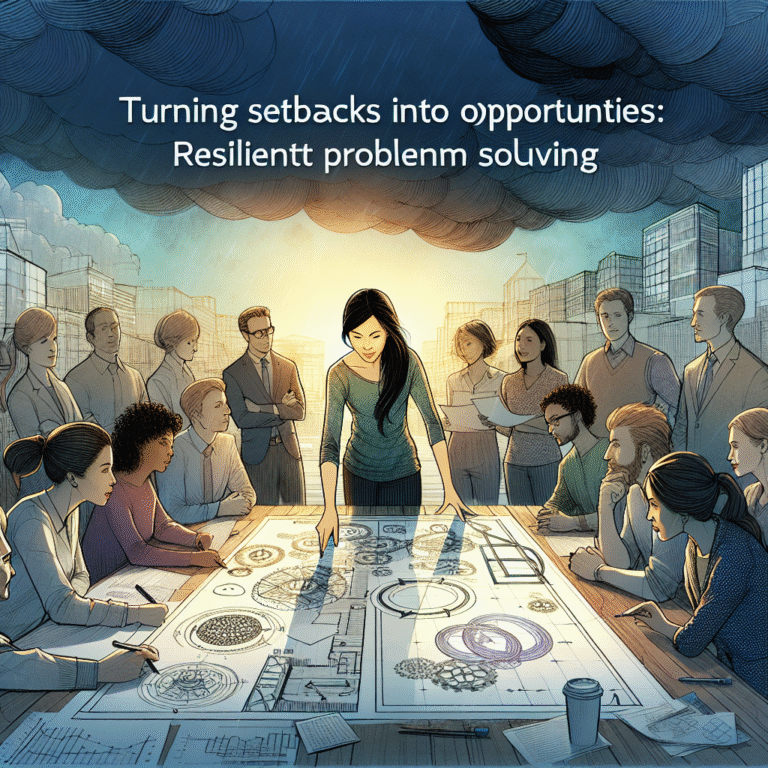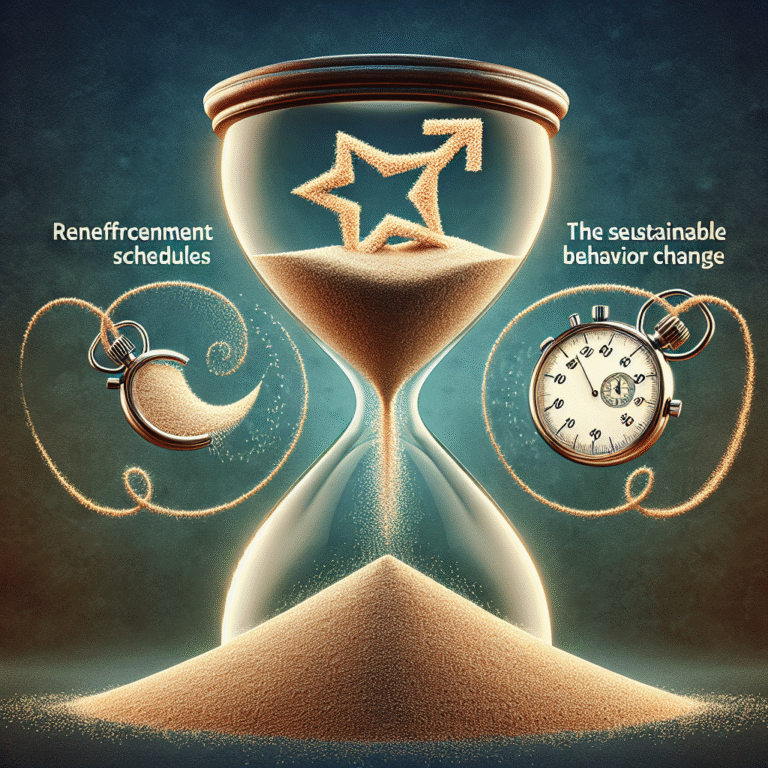
Introduction
In an era defined by rapid technological advancement and constant connectivity, the question of whether we are truly capable of multitasking looms large. The concept of divided attention has become a significant discussion point, particularly in the context of our everyday experiences—from managing work emails while enjoying a coffee to scrolling through social media during family dinners. Understanding the dynamics of divided attention in the digital age is essential, not only to optimize our productivity but also to enhance our mental well-being.
This exploration will investigate the implications of a digitally distracted life, the science behind multitasking, and how we can navigate a more focused existence. Join me as we delve into the compelling notion: Divided Attention in the Digital Age: Are We Really Multitasking?
The Science of Divided Attention
Understanding Multitasking
Multitasking is often glamorized, painted as a skill that allows us to juggle multiple responsibilities seamlessly. However, psychology reveals a different story. Multitasking is, in fact, a myth. The human brain is not designed for simultaneous task completion. Instead, it rapidly switches attention from one task to another, resulting in decreased efficiency and increased cognitive load—a phenomenon known as “task-switching costs.”
The Neuroscience Behind Attention
Studies show that the brain has limited cognitive resources. When we try to perform multiple tasks at once, our prefrontal cortex—the area responsible for decision-making and problem-solving—can become overloaded. Consequently, our capacity for divided attention diminishes. This section will explore neuroscientific research and its implications for understanding modern multitasking behavior.
Case Study: The Impact of Texting While Driving
A well-documented case study that sheds light on divided attention is the impact of texting while driving. According to the National Highway Traffic Safety Administration, texting while driving increases the risk of crashing by 23 times. This alarming statistic illustrates that our divided attention can have fatal consequences.
Analysis: By attempting to manage a phone conversation or text message in conjunction with driving—a complex task requiring full cognitive engagement—we inevitably degrade our ability to process environmental cues, leading to dangerous outcomes.
The Digital Environment: A Recipe for Distraction
The Ubiquity of Mobile Devices
The pervasive use of smartphones and tablets has transformed how we engage with the world around us. With notifications, social media, and apps vying for our attention, the digital landscape fosters an environment rich in distractions.
The Psychology of Notifications
A study published in the Journal of Computer-Mediated Communication explored how notifications can lead to “attention residue,” a situation where a person’s cognitive resources are split between tasks, resulting in less focus on the primary task. For example, receiving a notification while working on an important report can redirect focus and create a ripple effect of reduced productivity.
Case Study: Social Media and Work Performance
Another enlightening case study comes from a large-scale survey conducted across several workplaces. Researchers found that social media use during work hours reduced productivity by up to 40%. Employees who frequently toggled between work tasks and social media engagement reported higher stress levels and lower job satisfaction.
Analysis: This case clearly exemplifies how divided attention in the digital age negatively affects work performance and employee morale.
The Illusion of Productivity
Are We Truly Multitasking?
While it may seem like multitasking is helping us stay productive, a closer investigation reveals that it often leads to increased errors and lower overall output. The illusion of productivity created by multitasking can be detrimental, leading people to feel busy without truly achieving meaningful results.
The Myth of the Superhuman
Cultural narratives often glorify individuals who boast of their multitasking prowess. However, ongoing research indicates that those who focus on single tasks typically produce higher-quality work. This has led to a growing movement towards “single-tasking,” which involves deliberately dedicating time to one task at a time.
Table: The Cost of Multitasking
| Task Type | Cognitive Load (Perceived) | Actual Performance Impact |
|---|---|---|
| Single Task | Low | High |
| Task Switching (Multitasking) | High | Low |
Strategies for Enhancing Focus in a Distracted World
Setting Boundaries with Technology
To counter the challenges of divided attention, individuals are encouraged to establish clear boundaries around technology use. This can include designated distraction-free times and spaces for work, enabling deeper concentration.
Mindfulness and Deep Work
Incorporating mindfulness practices can also improve focus. Mindfulness encourages individuals to be present in the moment, thereby reducing the urge to veer off into distractions. Techniques such as meditation and controlled breathing can rewire the brain to better handle attention.
Case Study: Mindfulness in the Workplace
One notable study conducted in a corporate setting revealed that companies implementing mindfulness training reported a 30% increase in employee productivity. Employees attributed this boost to enhanced focus and reduced stress levels.
Analysis: The evidence suggests that integrating mindfulness into daily routines can mitigate the effects of divided attention, thereby fostering a more conducive environment for productivity.
The Future of Multitasking: Embracing Change
A Paradigm Shift
Society’s understanding of productivity is shifting. The traditional measures of effectiveness are being challenged by a broader definition that values quality over quantity. As we recognize the limits of our attention, the future of productivity may lean towards models that emphasize depth over breadth.
The Role of Technology
Artificial Intelligence (AI) and automation are also entering the conversation. In some scenarios, technology can assist in managing tasks in a way that minimizes cognitive overload, allowing humans to focus on higher-level decision-making processes.
Conclusion
As we journey through this digital age, the conversation surrounding divided attention becomes ever more critical. By understanding the limitations of our cognitive processing, we can reclaim our ability to focus. It’s clear that the answers to the question, Divided Attention in the Digital Age: Are We Really Multitasking?, must consider both the scientific realities of our brain’s functions and the cultural forces driving our perceptions of productivity.
Embracing change requires conscious effort, whether it’s through mindfulness practices, setting technology boundaries, or prioritizing deep work. Ultimately, the path toward effective engagement in our tasks lies not in the frantic race to do more but in the commitment to do less—better.
FAQs
1. What is divided attention in the context of multitasking?
Divided attention refers to the brain’s ability to focus on multiple tasks simultaneously. However, research suggests that it often leads to decreased performance as our brain switches attention between tasks rather than managing them concurrently.
2. Are there any benefits to multitasking?
While there are situations where multitasking can be effective, such as engaging in simple, automatic tasks, most studies show that heavy multitasking can reduce overall efficiency and increase the likelihood of errors.
3. How can I improve my focus and reduce distractions?
Techniques such as setting specific work times without technology, practicing mindfulness, and prioritizing tasks can help improve focus. Limiting notifications and creating a dedicated workspace can also increase concentration.
4. What role does technology play in divided attention?
Technology, especially smartphones and social media, creates an environment rich in distractions. Notifications and alerts can redirect focus and contribute to the challenge of maintaining attention on primary tasks.
5. Is multitasking more harmful for certain age groups?
Research indicates that younger individuals, who are often more accustomed to multitasking due to their upbringing in a digital world, may experience different effects than older adults. However, excessive multitasking is generally detrimental regardless of age.
In exploring the captivating topic of Divided Attention in the Digital Age: Are We Really Multitasking?, we uncover vital insights that resonate across personal and professional landscapes. By understanding the implications of our attention, we can adopt strategies to foster a more productive, focused, and fulfilling life.














